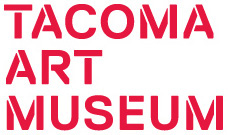Samuel Colman
Born in Portland, Maine, Samuel Colman grew up in New York City and was exposed to artists through his father’s profession as a publisher. He studied with Asher B. Durand and is considered a second-generation Hudson River school painter. Colman traveled to France, Spain, Morocco, and Italy from 1860 to 1862. He was struck by the Moorish scenery and traveled to North Africa again from 1871 to 1875. He worked in oils and watercolor, and began experimenting with etching in 1863. He would use that technique increasingly as his career progressed. Colman had established himself as a painter of European landscapes before his first trip to the American West in 1870. His first western subjects were Medicine Bow, the Yosemite Valley, and the Green River in Wyoming. He began exhibiting Mexican scenes in 1895 and returned to the Pacific Coast in 1899. He turned to theory late in his career, publishing Nature’s Harmonic Unity in 1912 and Proportional Form shortly before his death in 1920.


